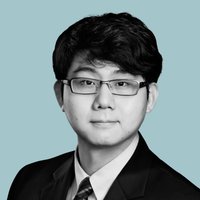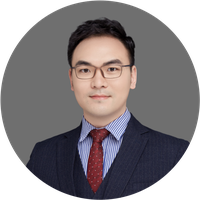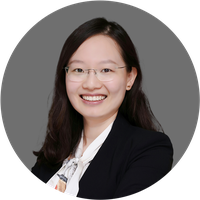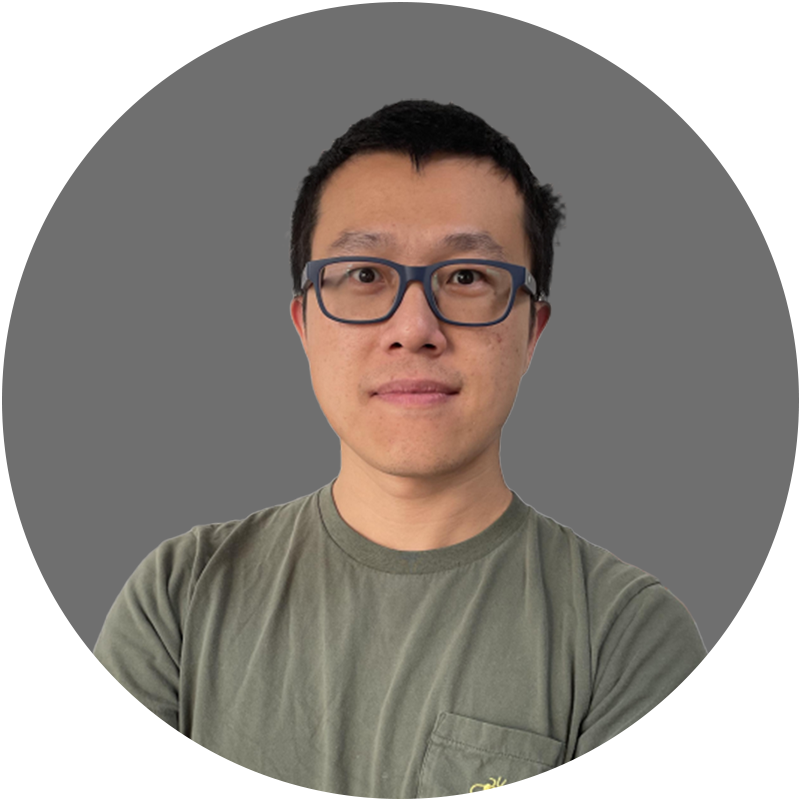Nanotechnology & materials
Yi YANG
Studying free-electron-light interaction at the nanoscale, indicating its huge application potentials for novel radiation sources.

China
Jun MAO
Alloys with superior thermoelectric performance, better mechanical properties, and lower costs.

Global
Jia Liu
Physical and chemical properties that mimic biological tissue.

China
Jiamin ZHU
Making significant contribution to the development of fusion technology, enabling practical fusion reactors.

China
Yuqing ZHENG
Creating a direct photolithography patterning method for polymeric electronic materials based on "PhotoAssist" system.
